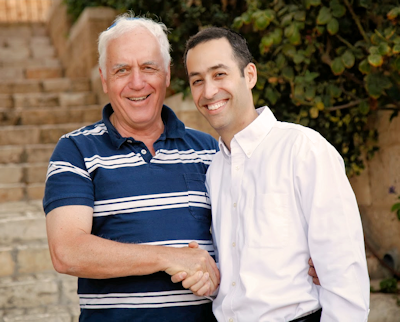
After the age of 50 most people will eventually be diagnosed with cataracts. Cataracts are when the natural crystalline lens of the eyes become clouded, causing vision impairment that can not be corrected by glasses or contact lenses. While commonly an age-related condition, occasionally there are infants born with a congenital cataract, and it’s possible for young people to develop a cataract related to trauma, injury or infection.
Cataracts are one of the leading causes of visual impairment and the leading cause of blindness worldwide. As of 2010 they were responsible for 51% of world blindness and as life expectancy continues to grow, so does the incidence of cataracts. The condition can be cured by surgical removal of the cataract, which is one of the most common surgeries performed in the United States and Canada.
Cataract surgery involves removing the clouded natural crystalline lens of the eye and replacing it with a clear intraocular lens (IOL). It is typically an outpatient procedure which does not require an overnight stay. Cataract surgery is one of the safest and most effective surgeries performed in North America today, having a 90% success rate (patient has improved vision, between 20/20 and 20/40 following the procedure).
Implants (IOLs)
In this day and age, there are several types of implants available. Traditionally, implants have been single vision where the patient’s new lenses are optimally focused for distance vision in both eyes. This usually necessitates the use of reading glasses after the surgery. Implants can also be done in what is called monovision, in which one eye is focused for distance and the other focused for reading. People that have previously used monovision contact lenses are usually able to tolerate this with surgery as well. Recently, there have been many advances in the use of bifocal and multifocal implants. Like glasses, these implants try to give a patient vision at all distances without having to use glasses. Your eye doctor can counsel you on the best option based on your history and prescription. No matter which correction type is chosen for cataract surgery, since presbyopia continues to worsen with age, eventually most patients do require reading glasses again.
Before the Surgery
Cataract surgery is not for everyone. Your eye doctor may advise that your cataracts (and therefore vision) are not bad enough yet to necessitate treatment. Additionally there may be other risk factors or issues with the health of your eyes that could contraindicate the option of surgery.
A comprehensive eye exam will be performed to check your overall eye health and your vision. During the pre-surgery exam, measurements will be taken of your cornea and your eye as well, to help fit the right intraocular lens for your eye and vision needs. You will also be asked to go over a brief medical history including any medications (including over the counter medications) and supplements that you take to ensure the success of the surgery. For example, some medications, such as Flomax, can can affect the iris causing floppy iris syndrome, which creates a challenge for the cataract surgeon.
During the Surgery
The entire procedure from start (pupil dilation and administration of local anesthetics and sometimes a sedative to relax) to finish (post-operative evaluation and discharge) will probably take about an hour to an hour and a half. Nevertheless the actual surgery - removing the clouded lens and replacing it with the IOL - typically takes only about 15 minutes. You will not feel or see the IOL after the implant.
There are lasers that are sometimes used to assist with cataract surgery, creating precise incisions. However a skilled cataract surgeon is still required for the procedure.
Post-surgery
You will not be able to drive home from the procedure and shouldn’t drive until you have been given approval by your eye doctor after a follow-up exam the next day. You will be required to take medicated eye drops for a number of weeks following the surgery to prevent infection, control eye pressure and reduce inflammation. It is important to take the eye drops as directed by your doctor to avoid complications.
You will also need to protect your eyes from bright light with sunglasses and to wear a protective shield at certain times, such as when you are sleeping. It is advised to avoid strenuous activity, swimming or any other activities that would put your eyes at risk of getting dirty or infected for at least a week following the procedure.
Vision will usually begin to improve within a few days of the procedure. You may however experience some blurred vision or redness for a number of days or weeks during the healing process. It is normal to feel some initial discomfort or itchiness in the days following the surgery. If you have cataracts in both eyes, your doctor will probably schedule a second surgery a month or two after the first to allow your eye to heal properly before undergoing the second procedure.
If you experience any serious symptoms such as loss of vision, persistent pain or redness, flashes or floaters or nausea contact your doctor immediately.
The majority of patients will still need eyeglasses at least sometimes following the surgery so once your eyes have healed your doctor will fit you for a prescription. Secondary cataract can occur months or years after the initial cataract surgery. This is when an opacity develops behind the IOL and can mimic cataract symptoms. Regular checkups with your optometrist can detect this, and arrangements for a simpler laser treatment instead of surgery can resolve this problem.
